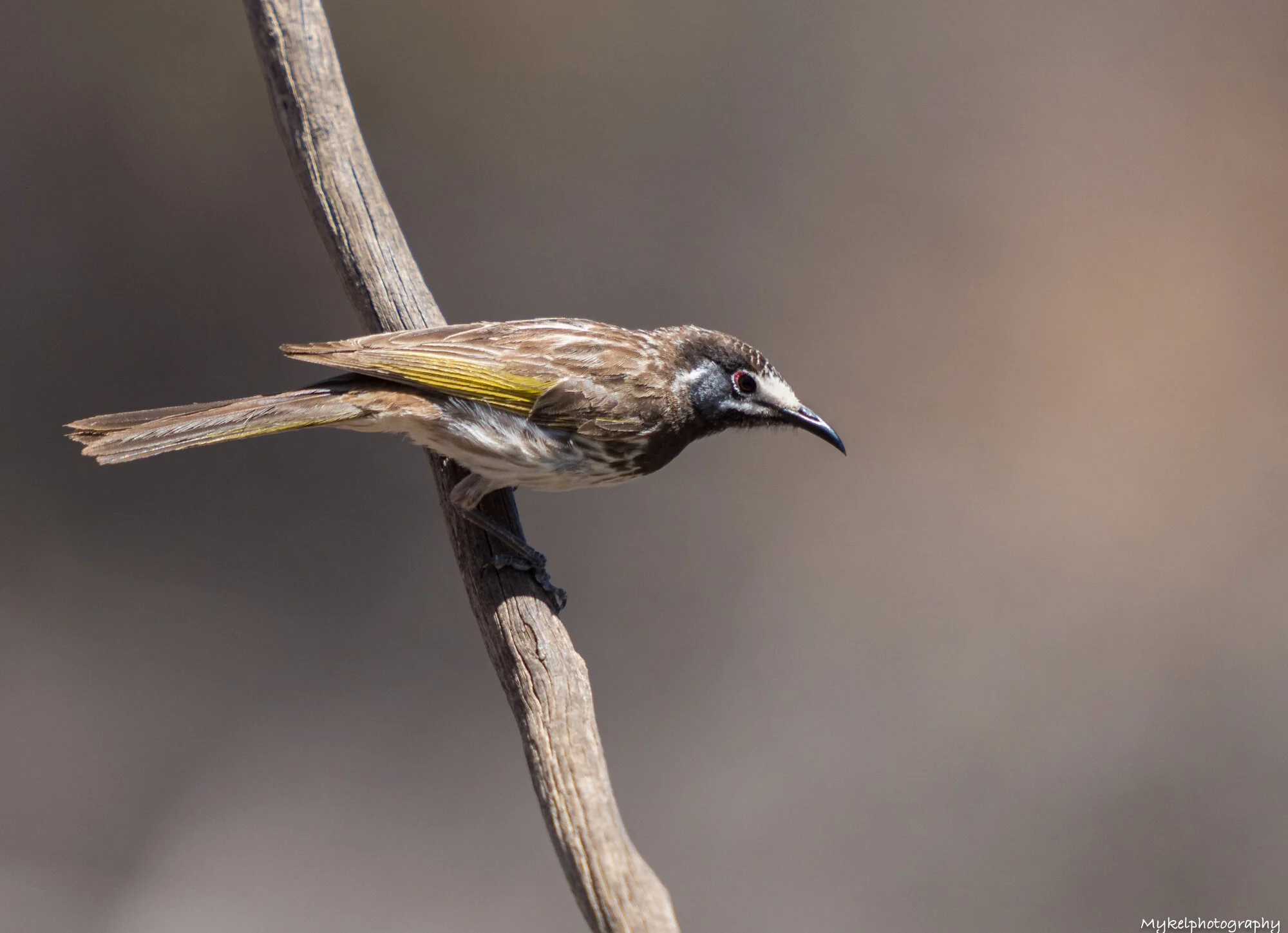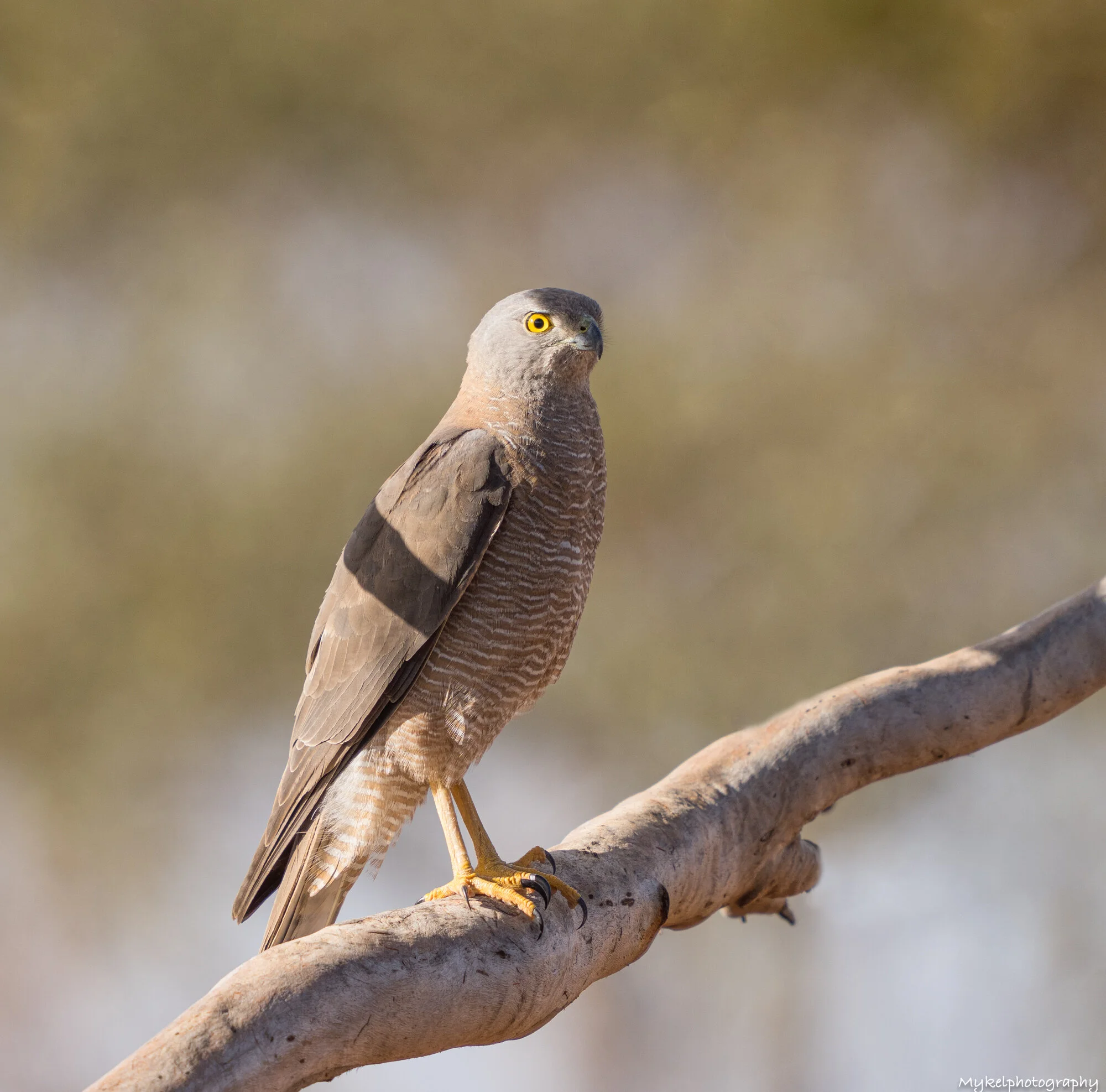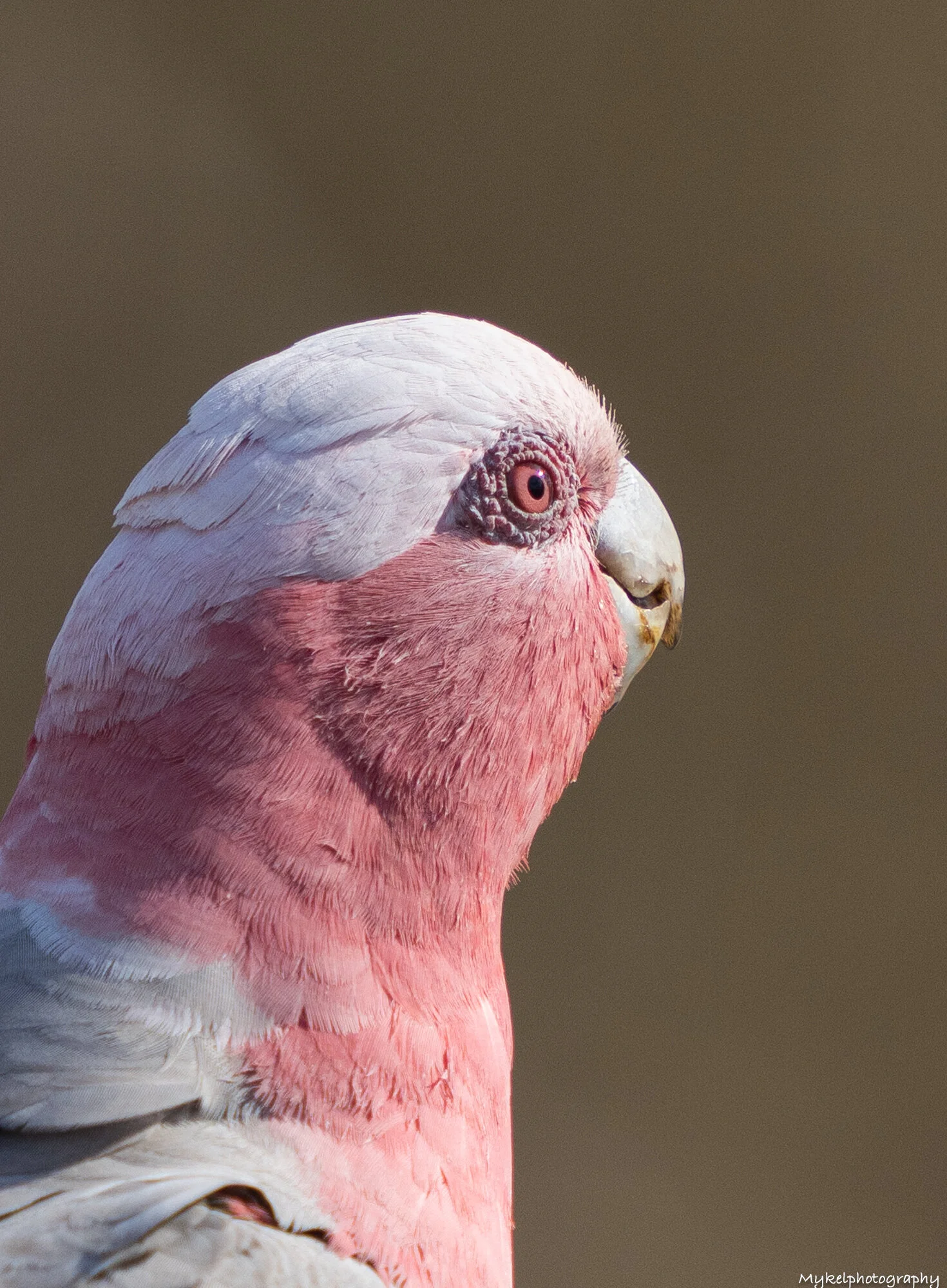2019 Gluepot Nature Reserve Trip
14/11/2019
Updated more images..
Just got back from another trip camping at the Gluepot Reserve in South Australia, was my third trip there and I wasn’t disappointed, the weather was a bit overcast for getting an image I had planned in the morning but still managed to make a few images, the bird hides was very busy in the mornings and evenings like usual, spent a lot of time looking around this trip, hope you like the images…this stunning place is beautifully maintained by the dedicated staff and Rangers, is a must see location and highly recommend…
Common Bronzewing
Phaps chalcoptera
Columbidae
Common Bronzewing
Phaps chalcoptera
Columbidae
Common Bronzewing
Phaps chalcoptera
Columbidae
Common Bronzewing
Phaps chalcoptera
Columbidae
Mallee Ringneck
(Barnardius barnardi)
Mallee Ringneck
(Barnardius barnardi)
Mallee Ringneck
(Barnardius barnardi)
Mallee Ringneck
(Barnardius barnardi)
Mulga Parrot
Psephotus varius
Mulga Parrot
Psephotus varius
Mulga Parrot
Psephotus varius
Mulga Parrot
Psephotus varius
Female - Mulga Parrot
Psephotus varius
Mulga Parrot
Psephotus varius
Mulga Parrot
Psephotus varius
Splendid Fairy-wren
Malurus splendens
Maluridae
Splendid Fairy-wren
Malurus splendens
Maluridae
Splendid Fairy-wren
Malurus splendens
Maluridae
Splendid Fairy-wren
Malurus splendens
Maluridae
Splendid Fairy-wren
Malurus splendens
Maluridae
Female -Splendid Fairy-wren
Malurus splendens
Maluridae
White-eared Honeyeater
Lichenostomus leucotis
Meliphagidae
White-eared Honeyeater
Lichenostomus leucotis
Meliphagidae
White-fronted Honeyeater
Purnella albifrons
Meliphagidae
White-fronted Honeyeater
Purnella albifrons
Meliphagidae
White-fronted Honeyeater
Purnella albifrons
Meliphagidae
Striped Honeyeater
Plectorhyncha lanceolata
Meliphagidae
Striped Honeyeater
Plectorhyncha lanceolata
Meliphagidae
Yellow-plumed Honeyeater
Lichenostomus ornatus
Meliphagidae
Yellow-plumed Honeyeater
Lichenostomus ornatus
Meliphagidae
Brown-headed Honeyeater
Melithreptus brevirostris
Meliphagidae
Brown-headed Honeyeater
Melithreptus brevirostris
Meliphagidae
Spiny-cheeked Honeyeater
Acanthagenys rufogularis
Meliphagidae
Spiny-cheeked Honeyeater
Acanthagenys rufogularis
Meliphagidae
Spiny-cheeked Honeyeater
Acanthagenys rufogularis
Meliphagidae
Spiny-cheeked Honeyeater
Acanthagenys rufogularis
Meliphagidae
Red Wattlebird
Anthochaera carunculata
Meliphagidae
Red Wattlebird
Anthochaera carunculata
Meliphagidae
Red Wattlebird
Anthochaera carunculata
Meliphagidae
Brown Goshawk
Accipiter fasciatus
Accipitridae
Masked Woodswallow (Artamus personatus)
Black-eared Miner (Manorina melanotis) Hybrid?
Chestnut-rumped Thornbill
Acanthiza uropygialis
Brown Treecreeper
Climacteris picumnus
Climacteridae
Brown Treecreeper
Climacteris picumnus
Climacteridae
Brown Treecreeper
Climacteris picumnus
Climacteridae
Rufous Whistler
Pachycephala rufiventris
Pachycephalidae
Rufous Whistler
Pachycephala rufiventris
Pachycephalidae
Galah
Eolophus roseicapillus
Cacatuidae
Black Currawong
Strepera fuliginosa
Artamidae
Club-Med Colman Hilton at Glue Pot
I had a amazing couple of days, one of my favorite birds I didn’t get to see this time, The Major Mitchell Cockatoo so will have to just go back again next year… a very HUGE thank you to all the staff, Rangers and volunteers who put in all the hard work and effort to maintain and look after this Reserve for us all to visit ....
Have quite a few photo's so more to come!
Was so good to be “hanging” out at Gluepot again, thanks so much Martin & Janet
Gluepot Reserve is located 1.5 hrs drive on well-maintained dirt roads north of Waikerie, SA. The Reserve is open to visitors year-round. Entry fees are payable upon arrival. Facilities include a visitor information centre, campgrounds, birdhides, driving and walking tracks, and brochures.
Gluepot is part of the largest block of intact mallee left in Australia and so the viability of threatened bird populations and other flora and fauna is high. Six nationally threatened bird species can be found on Gluepot Reserve and a further 17 regionally threatened bird species. In all, 190 bird species have been recorded thus far. Gluepot Reserve has a diversity of vegetation communities which support important wildlife other than birds. Reptiles are particularly abundant with 42 species located so far, including the threatened Bandy Bandy. The last big fire on the actual Reserve occurred in the 1950s (with a small area burnt in 2006), but many areas were not burnt leaving substantial areas of mallee and Casuarina woodland with trees that are hundreds of years old. These old trees have numerous hollows for nesting birds and deep litter for ground-foraging species.



















































